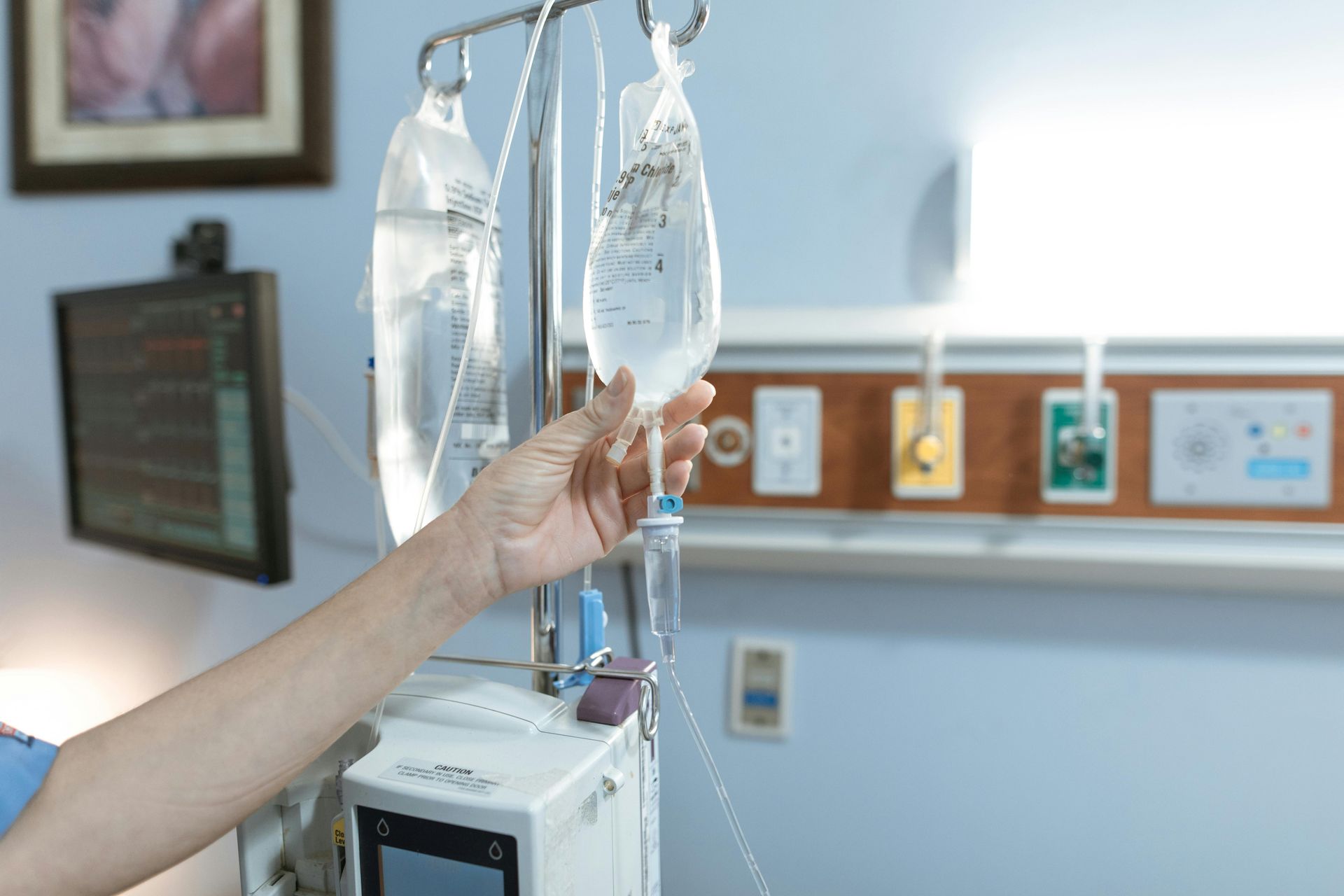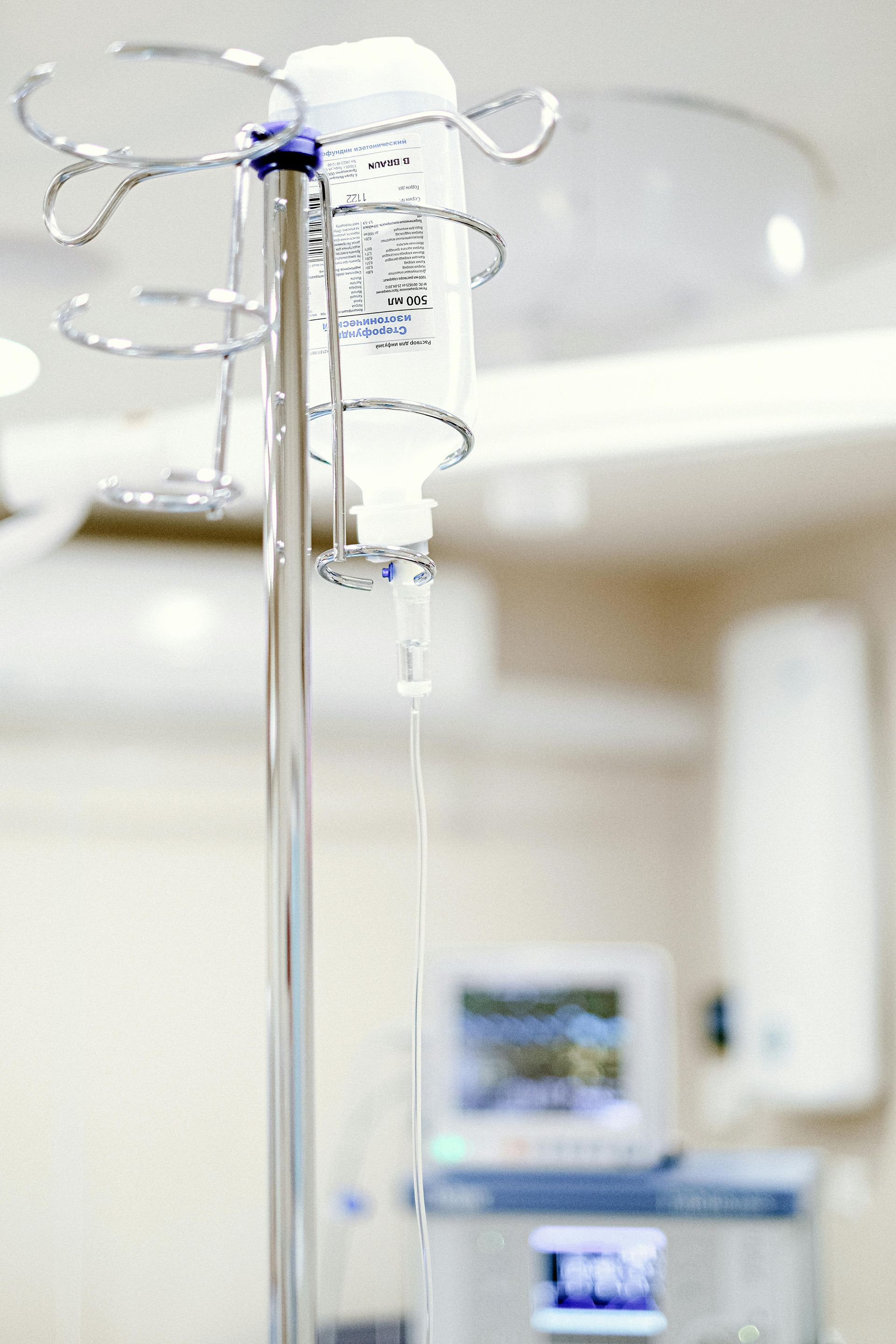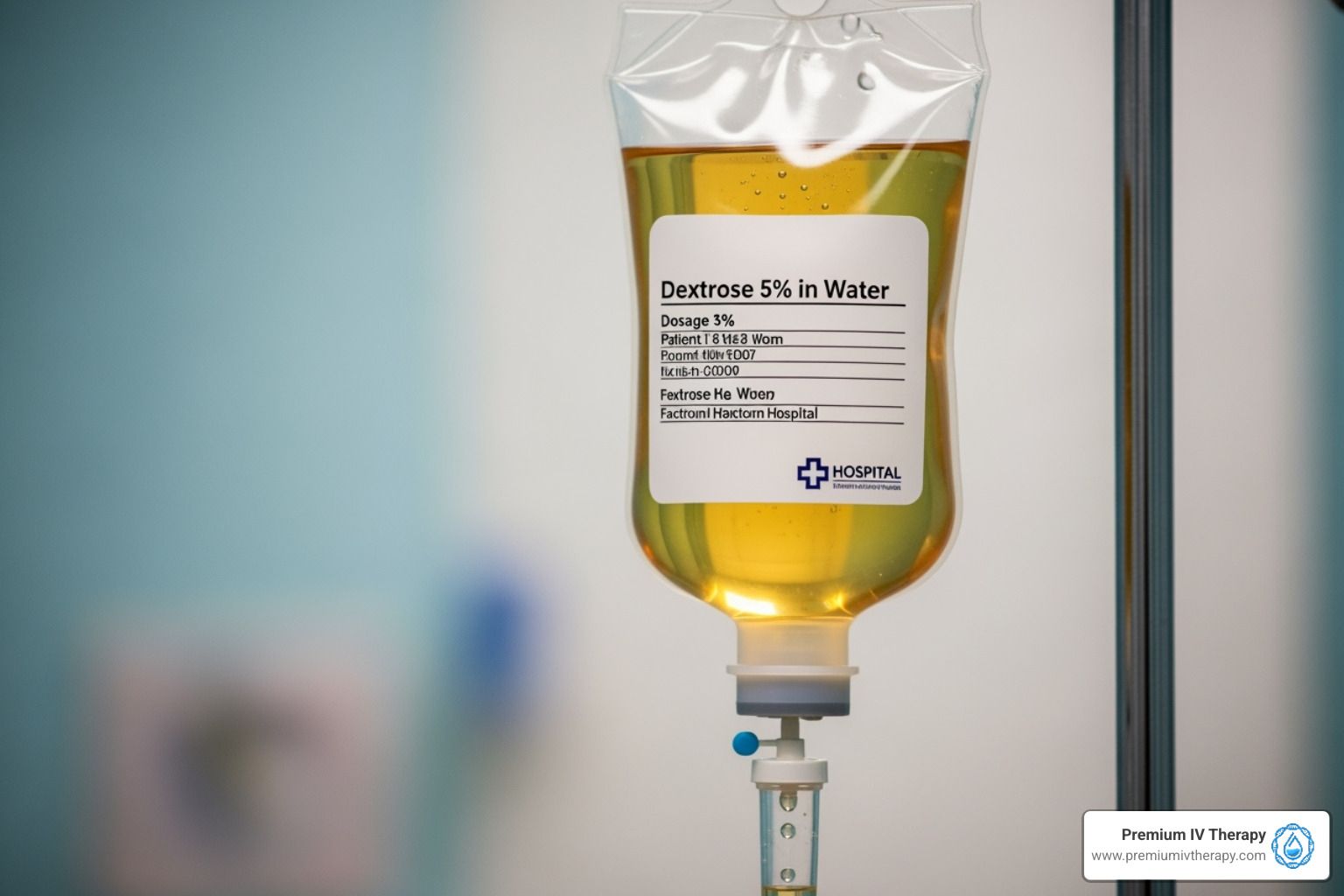IV Infusion Side Effects: What to Expect and How to Stay Safe
Some days the drip feels like a steady exhale—you’re tired, a little dehydrated, maybe chasing energy after a long week—and then a small wave hits: a brief chill, a tiny bruise, a flutter of lightheadedness that vanishes as you settle in. It’s surprisingly common to notice little quirks like a metallic taste or warmth along the vein; most pass quickly, and simply slowing the rate or having a snack can make all the difference.
At Premium IV Therapy, we keep IV infusion side effects manageable with licensed clinicians, gentle pacing, and clear aftercare—so you feel cared for, not anxious. If anything lingers or feels unusually strong, we’ll help you decide the next right step.
What Are the Most Common IV Infusion Side Effects?
Most IV infusion side effects are mild and short-lived. They usually fade on their own and are easy to manage during the visit.
- Dizziness or lightheadedness as your body adjusts to extra fluids.
- Small blood pressure changes (slight rise or drop) during the drip.
- Headache, nausea, or fatigue as your system responds to the infusion.
- Chills or a low-grade fever that settles shortly after treatment.
How we manage this at Premium IV Therapy: Our licensed clinicians monitor you throughout, adjust the infusion rate, and make simple comfort tweaks (snack, water, warm blanket) so you feel steady. If anything feels unusual or lingers, we guide your next steps and aftercare.
Who’s More Likely to Have IV Infusion Side Effects?
Everyone responds differently, but IV therapy complications are more likely if you:
- Heart, kidney, or liver conditions: Processing fluids and certain nutrients is harder, which can amplify IV infusion side effects (swelling, blood pressure changes, electrolyte shifts).
- Untrained providers or non-medical settings: Increases risks of poor vein selection, infection, or improper dosing/rates.
- Frequent or unnecessary drips: Can tip your fluid and electrolyte balance, stressing veins and organs over time.
- Allergies or medication sensitivities: Raises the chance of rashes, itching, or rare infusion reactions.
Make it safer: share your full medical history (conditions, meds, supplements, allergies) and past infusion experiences. This helps clinicians tailor ingredients, dose, and drip rate—reducing IV infusion side effects and keeping your session comfortable.
IV Infusion Side Effects at the Needle Site (What’s Normal vs. Not)
Some IV infusion side effects show up right where the needle goes in. Most are mild and fade fast: they can feel more like a small pinch or bruise than anything serious. In most cases, these local reactions are temporary reminders that your body is adjusting to treatment and usually improve within hours to a couple of days.
- Bruising or tenderness at the spot—usually painless within a few days.
- Mild redness, itching, or swelling that calms with a cool compress.
- Phlebitis (vein irritation)—a tender, cord-like feeling along the vein that improves with rest and warm compresses.
- Infection signs (rare): redness that spreads, worsening pain, warmth, pus, or fever.
How we help at Premium IV Therapy: Our Mobile IV team comes to your home, hotel, Airbnb, office, or event and handles everything—sterile setup, comfortable vein selection, and real-time drip adjustments—to minimize IV infusion side effects. You’ll receive clear aftercare and simple ways to contact us if anything feels off.
Can You Become Too Dependent on IV Therapy?
Yes, if drips start to feel like a shortcut for energy or immunity, it’s easy to lean on them while core habits (sleep, hydration, nutrition, movement) slide. That “quick-fix” mindset can quietly increase the chance of IV infusion side effects over time—like vein irritation or electrolyte shifts—especially if sessions become frequent or aren’t tailored to your health.
Use IV therapy as a complement, not a replacement. Set a goal-based cadence with a licensed clinician, review how you feel 24–48 hours after each session, and address foundations first (rest, diet, fluids, stress). If you find yourself needing constant top-ups to function, that’s a signal to reassess your plan rather than increasing dose or frequency.
When to Seek Medical Attention After an IV Infusion
Most IV infusion side effects are mild and pass quickly. Get urgent care if you notice any of the following:
- Severe allergic symptoms: trouble breathing, swelling of the lips/face, or widespread hives.
- Worsening IV site changes: spreading redness, increasing pain, warmth, or pus.
- Concerning systemic signs: chest pain, fainting, severe dizziness, new confusion, or high fever.
- Rapidly expanding swelling around the IV site (possible infiltration/extravasation) or numbness in the limb.
If a symptom feels strong, unusual, or persists beyond 24–48 hours, stop any ongoing infusion and contact a licensed clinician or emergency services right away.
Why Choose Premium IV Therapy for Safe Infusions

When it comes to IV infusion side effects, the difference is in who you trust with your care. At Premium IV Therapy, every detail is designed to keep you safe, supported, and confident in your treatment:
- Licensed medical professionals: All infusions are performed by trained clinicians who follow strict safety and sterile protocols.
- Customized IV packages: From hydration and recovery blends to immune and wellness drips, every infusion is tailored to your needs—not a one-size-fits-all formula.
- Pregnancy-friendly options: As listed in our menu, treatments like the “Mommy + Me” blend offer gentle hydration and comfort for expecting mothers under OB guidance.
- Comprehensive monitoring: We watch for any changes during your session and provide clear aftercare so you know exactly what to expect once you leave.
- Convenient care settings: Choose from in-home visits or relaxing in-clinic sessions, both with the same high level of safety and comfort—whether you’re checking us in our service areas like Mesa, Tempe, or Gilbert.
By choosing Premium IV Therapy, you’re not only reducing the chance of IV infusion side effects—you’re also getting care that’s personal, protective, and focused on your long-term wellness.











